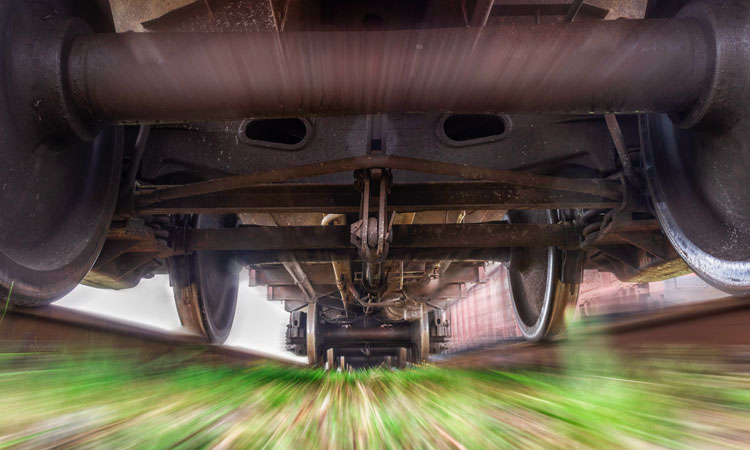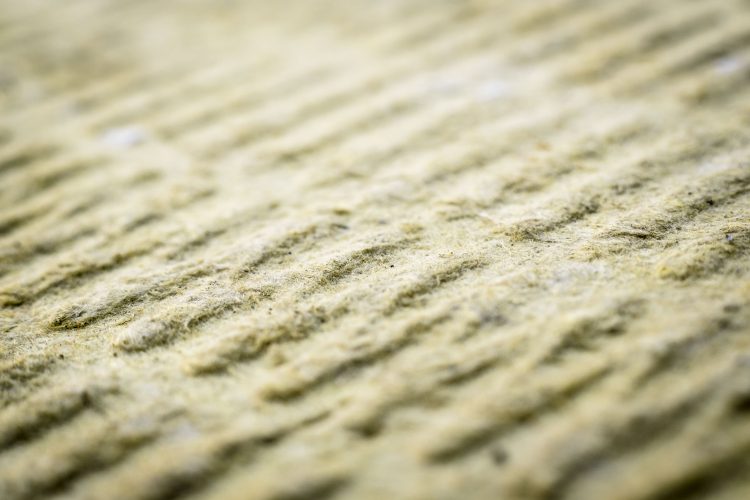A sustainable solution to mitigate ground-borne vibration caused by trains
Posted: 11 March 2020 | Julien Giraud | 2 comments
Julien Giraud, Business Manager from Lapinus (a part of the ROCKWOOL Group) explains how to deal with ground-borne vibrations caused by trains and how resilient mats of stone wool work best to mitigate the noise and vibrations in a sustainable way.


It is estimated that by 2050, 70 per cent of the world’s population will live in large cities. Providing a healthy, attractive and comfortable living environment brings about many challenges. Among those is the need for sustainable solutions for mass transportation in urban environments. It is difficult to predict what exactly these solutions will be, but railways and trams will obviously be on the list. They have significant advantages to individual users as well as to the community at large. But of course the negative effects of ground-borne vibrations caused by trains have to be addressed.
How to deal with vibrations?
Rail tracks generate vibrations, mainly stemming from contact between wheels and rail. Opposite to audible noise where high frequencies are of concern, the effects of ground-borne vibrations can be considerably harmful at low frequencies between 1-250 hertz. Historical buildings near railways or tramways in city centres may be affected by the vibrations of passing trains. People experience the effects through their bodies in contact with vibrating surfaces. Or they may experience ground-borne noise – the vibration of walls, ceilings and floors re-radiated as audible sound. This may cause everything from discomfort to an adverse impact on their health and quality of life.
The solution
A way to reduce ground-borne vibrations and prolong the life of rail track components is by introducing resilient elements creating a mass-spring-damper systems. In such a system, a given mass (the track itself and the train) interact with the spring (a resilient material) to isolate vibrations. The higher the mass, the more effective the isolation. Therefore, resilient mats at the basis of the system work best to mitigate ground-borne noise and vibrations.


An aspect that needs serious consideration when introducing a solution is the impact on the environment. The railway market is conservative and for good reasons. The structures are used to transport people and are built to last for decades. That is why the railway market reuses solutions that have been installed for years. In the past, building a tramway or railway was a sustainable project in itself, because of its energy efficiency. These days, more and more stakeholders are extremely careful about the materials used in a construction. They insist on the use of sustainable and environmentally friendly materials. Due to the continuous pressure and friction in a track system, particles of materials used will eventually find their way to the drainage system and end up in rivers and oceans, or simply end up in the soil. Therefore, many countries introduce new regulations demanding the use of sustainable materials.
Resilient mats made of stone wool are a perfect example of a sustainable and environmental friendly material. Stone wool is made of natural rock, spun into wool. It is formed from over 200 million years old diabase rock, one of earth’s most abundant materials. Stone wool is safe for humans and the environment and recyclable, fitting in a circular economy.


Dedicated to sustainable stone wool solutions
Rockdelta is the world’s leading technology in stone wool resilient mats for tracks. Rockdelta is a product line of Lapinus, part of the ROCKWOOL Group. ROCKWOOL is the worldwide market leader in stone wool based solutions and operates 46 plants in 39 countries. The company is dedicated to continually finding and engineering new sustainable stone wool solutions for world wide problems. Best known as firesafe insulation material ROCKWOOL stone wool nowadays has many other and sometimes surprising fields of application. ROCKWOOL has five brands that are responsible for the commercialisation of these products. Lapinus is the dedicated brand for innovative solutions and obviously that is why Rockdelta fits in its portfolio perfectly.
Rockdelta mats differ substantially from their insulation counterparts and is engineered to withstand the extreme conditions in track systems. The material was first used in the 1970s in tunnels in Norway to protect city centres. Due to its very specific requirements, Rockdelta is produced using unique technologies. It is distributed to cities all over the world to enhance the comfort of citizens and protect historic city centres.
Related topics
Infrastructure Developments, Noise & Vibrations, Operational Performance, Sustainability/Decarbonisation, Track Systems









Our home as well as many historical buildings are located near the tracks, and shake terribly. Is there a certain product that can be placed in the ground to reduce vibrations? If so, what is the best way to move forward to implement this?
I am building next to a passenger train rail in Ottawa Canada. My house will be 15+metres away from the edge of the easement. I’m looking for building practices that can isolate the house from vibration created by the passing train.